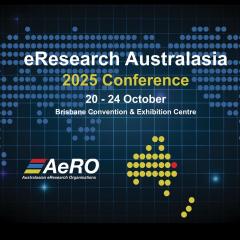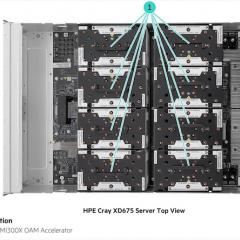
RCC/QCIF eResearch Analyst Dr Marlies Hankel is the corresponding author of a paper on novel anode materials for lithium ion batteries published in the journal Physical Chemistry Chemical Physics (PCCP).
Together with her co-author and group leader Prof. Debra Bernhardt (Searles) from The University of Queensland's Australian Institute for Bioengineering and Nanotechnology (AIBN) and the School of Chemistry and Molecular Biosciences, Dr Hankel used Density Functional Theory (DFT) to investigate three novel two-dimensional (2D) materials as possible anodes for lithium ion batteries that could provide a larger energy capacity than commonly and commercially-used graphite.
Their results predict that graphenylene, a graphene-like material with large circular pores, could have an energy capacity larger than that of graphite.
The results for graphenylene are compared to those of two other materials, demonstrating that charge transfer plays a crucial role and can explain the different behaviours in lithium capacity of the materials. Charge transfer is crucial in lithium ion batteries as the charge transferred from the lithium to the material is effectively the power/charge that can be drawn from the battery to power a device.
Prof. Bernhardt and Dr Marlies Hankel also found that lithium is very mobile and graphenylene’s pores could provide a way for the lithium to distribute quickly through the material, which could reduce the time needed to charge the battery.
The paper, titled "Lithium Storage on Carbon Nitride, Graphenylene and Inorganic Graphenylene," is highlighted as an inside cover of PCCP, volume 18, issue 21.
Prof. Bernhardt and Dr Marlies Hankel carried out their calculations for the project on NCI's Raijin high performance computer, with allocations mainly via QCIF’s NCI share but also through NCMAS.



